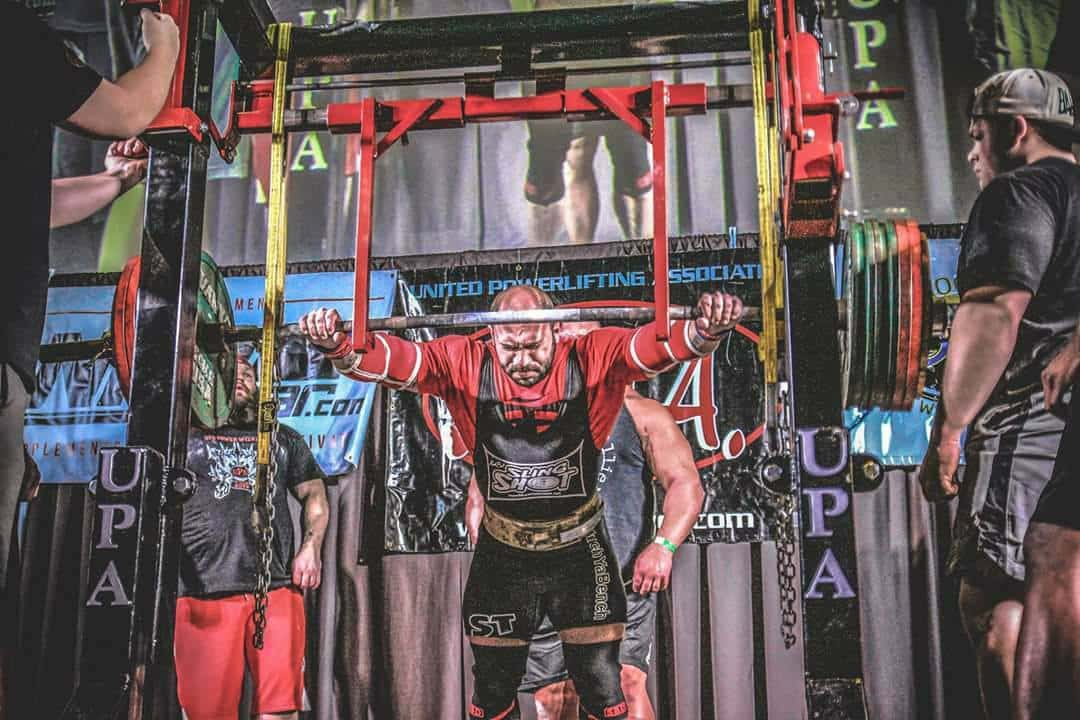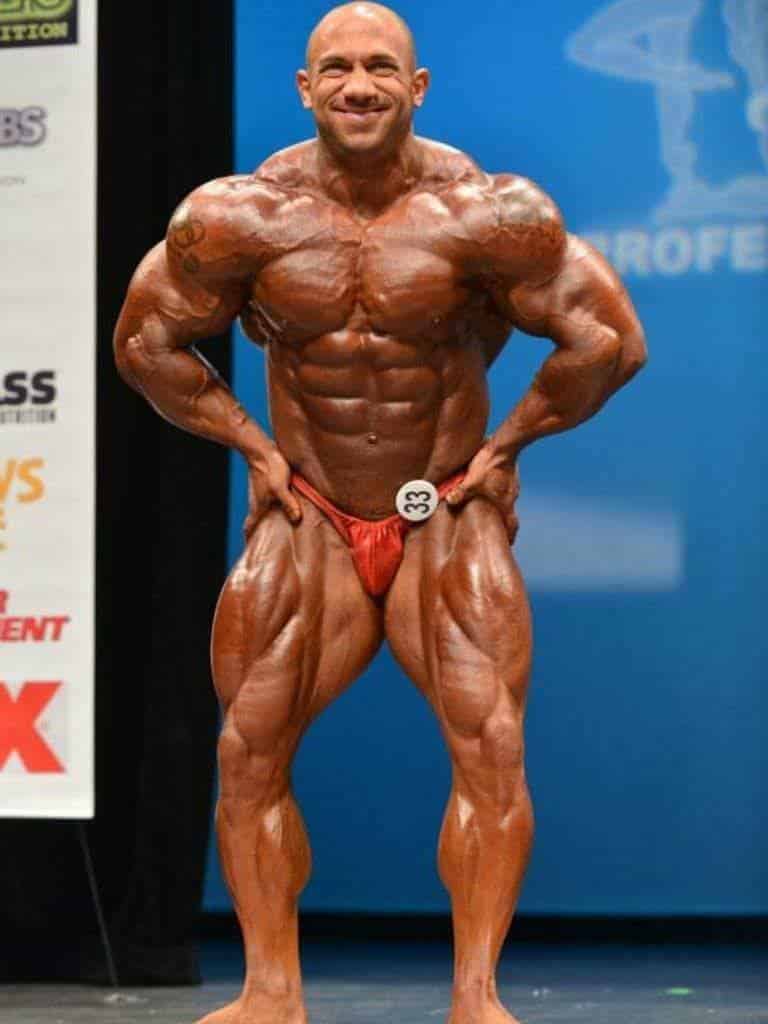Despite some old school bodybuilders calling powerlifters fatties and powerlifters calling bodybuilders weak, the two sports can actually complement each other more than you’d think.
Not only this, we are starting to see a new kind of hybrid athlete emerge that are able to compete at the highest level of both sports and the trend is rising — think Stan Efferding, Johnny Jackson, Susan Salazar, Eva Dunbar, and myself.
These days, it’s not unusual to go to a powerlifting meet and see jacked, lean, hard lifters, and you can find bodybuilders throwing around real weight. The late Dallas McCarver had a nearly 900lb deadlift, and everyone knows that the legendary Ronnie Coleman could rep 800lbs in both squats and deadlifts. Here are a few tips for those interested in competing or training in both sports as a compliment.
1. Do heavy weights in hypertrophy rep ranges
Powerlifters know they need to lift heavy but think everything over 5 reps is cardio. Hypertrophy work (6-15 reps) builds muscle tissue, and not only does that give you a better foundation of actual muscle for your powerlifting work (including having more tissue to recruit with your neuro training), it also helps in terms of stability.
The bottom line is that muscle moves weight and no matter how neuro-efficient you are, you will always benefit from having more muscle mass. Bodybuilders understand high reps but often forget that hard, dense muscle and real 3D thickness is built with heavy weight. Compare Ronnie Coleman and Phil Heath: both genetically gifted athletes, one lifting very heavy and the other not. To me, the difference is clear.
[For more powerlifting myth-busting, check out 5 powerlifting rules you should break!]
2. Be versatile
To the powerlifters: there is more out there than your main three lifts! You will be amazed at how much stronger, more mobile, and less prone to injury you will become. This more balanced muscular system will help your body recruit your firing patterns more easily. For example, if you are doing bench work, you’ll see huge benefits from properly training the opposing/ stabilizing/ synergetic muscle groups such as rear delts, triceps, and lats.
Don’t be afraid to do so-called “wussy” movements like bicep curls and leg extensions and bodybuilding techniques like tempo manipulations and pausing at peak contraction. Also, learn how to feel the muscle rather than just move the weight. You do that and you’ll be amazed at how difficult a 5-second negative of a 12-rep incline dumbbell fly set can be, or how much better and more stable your knees feel when you include a few sets of light leg extensions after squatting.
To the bodybuilders: taking on some of the movements that are traditionally for powerlifting will add so much dimension to your training. Low bar squats are one of the best hamstring and glute builders out there. Paused powerlifting-style bench press gives your chest and triceps a completely different stimulation and leads to thickness and growth because you’re starting from a dead point in a different firing pattern. And sumo deadlifts are one of the best exercises possible for lower body development and they take a lot of pressure off your low back when compared to conventional.
[Never tried tempo training? Check out our detailed breakdown and start getting stronger today!]
3. Spend time in unfamiliar rep territory
Bodybuilders: try working in the 1 to 3 rep range and push yourself. You will be amazed at what a more efficient neuro system can do indirectly for muscular gains. If you become efficient enough neurally, you can move higher weight for your hypertrophy ranges. And then when your 315lb squat for 8 becomes 405lb, you’ll see what I mean.
Powerlifters: if done correctly, one day per week of very high rep training (over 15 reps) can benefit a great deal. It helps blood flow, helps pull nutrition into the joint capsules, and don’t forget that even slow twitch fibers have growth potential (see point 1). This will also help you walk up stairs and have sex without having a heart attack!
4. Nutrition
Bodybuilders: don’t be afraid of carbs! Carbohydrates help your strength performance and can be added slowly and safely into your diet if monitored properly. (Get a coach if you aren’t sure.) If you care about strength performance, low carbs are just a no.
Powerlifters: eat a base diet of proper macros for your body to ensure you’re getting what you need to fuel you before you add your donuts and cereal. A very general baseline of 1.2-1.5g of protein, 1.5-4.0g of carbs, and 0.3-0.6g of healthy fat per pound of body weight is a place to begin exploring what your individual macros should look like.
[Read more: 8 questions every athlete should ask about their diet.]
5. Periodize your phases
If you want to compete in both sports, use strategic programming year round. You can train both of these sport simultaneously and in the big picture they help each other, but you don’t want to be doing 1RMs 4 weeks out from a show and you don’t want to be doing a ton of accessory work and volume 4 weeks out from a meet. There is a place for everything mentioned above, but requires intelligent program structuring.
Look strong, be strong — completely possible.
Editor’s note: This article is an op-ed. The views expressed herein and in the video are the authors and don’t necessarily reflect the views of BarBend. Claims, assertions, opinions, and quotes have been sourced exclusively by the author.
All images courtesy Amit Sapir.

